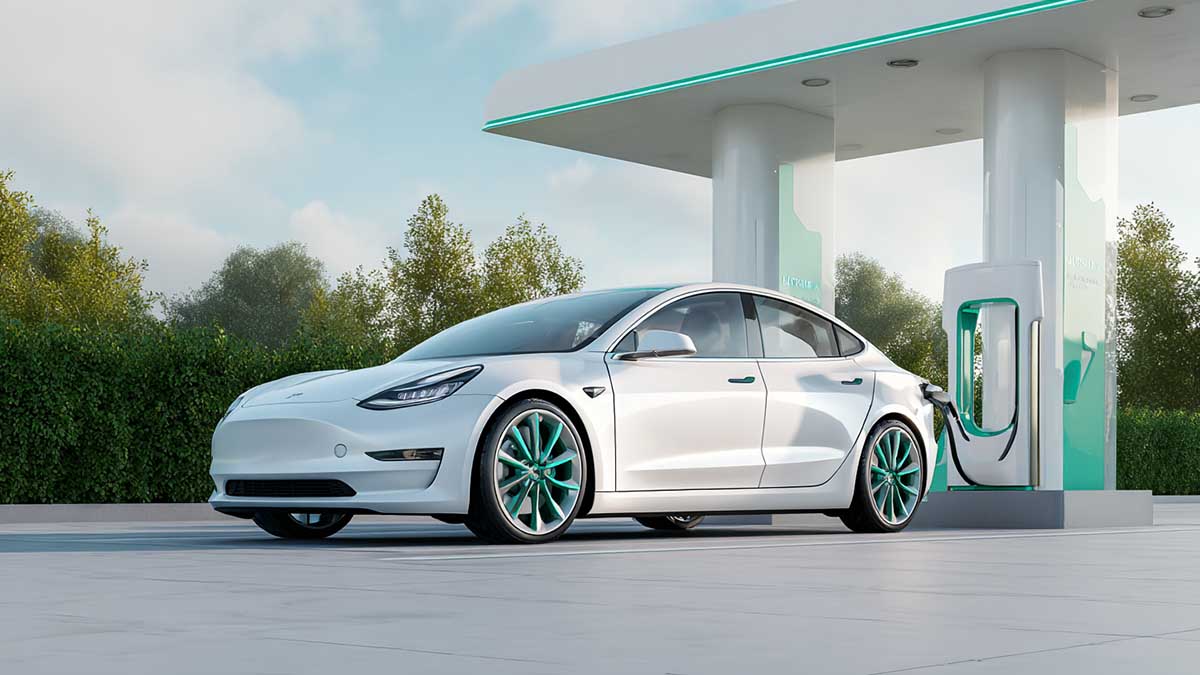 How Fast Charging is Revolutionizing EV Connector Design: Key Challenges and Innovative Solutions
How Fast Charging is Revolutionizing EV Connector Design: Key Challenges and Innovative Solutions
Oct 09, 2025
As electric vehicles (EVs) become increasingly mainstream, the need for faster and more efficient charging solutions has become critical. Among the key components of this evolving infrastructure, EV connectors play a central role. With the rise of fast charging technologies, these connectors must evolve to support higher power levels and accommodate emerging standards. This article explores how fast charging is transforming EV connector design, the challenges manufacturers face, and the innovative solutions that are driving the future of EV charging infrastructure.
The Rapid Evolution of EV Charging Technologies
The charging process for electric vehicles has significantly evolved over the years. Early EV charging relied on Level 1 chargers (120V), which could take several hours to charge a vehicle. As demand for faster charging grew, Level 2 chargers (240V) emerged, reducing charge time significantly. Now, the shift to DC fast charging systems (Level 3) has transformed the charging landscape. Fast chargers can power an EV to 80% in under 30 minutes, making long-distance travel and daily commutes much more feasible.
However, fast charging comes with its own set of challenges, particularly in the design of the charging connectors. These connectors must support high power and voltage, handle heat generation, and ensure safety and durability—all while adhering to international standards.
Key Challenges in Designing Fast-Charging Connectors
1. Increased Power and Voltage Requirements
Fast charging systems require connectors to handle higher power and voltage levels compared to standard chargers. Fast charging systems operate at voltages between 400V and 800V, with some pushing past 1000V in the future. This significant increase in voltage presents several challenges for connector design, including managing high electrical loads and ensuring the components do not overheat or degrade over time.
Advanced materials and innovative designs are required to manage these demands effectively. By reducing electrical resistance and using components that can withstand higher temperatures, manufacturers are developing high-voltage connectors that can handle the power surge associated with fast charging.
2. Effective Thermal Management
The faster an EV charges, the more heat is generated. This heat is a byproduct of the higher currents passing through the charging connectors and cables. Without proper thermal management, the connectors could fail prematurely, reducing their lifespan and potentially causing safety hazards such as overheating or fire.
To mitigate these risks, many manufacturers are investing in advanced cooling technologies and heat-resistant materials. Liquid-cooled connectors, for example, are increasingly being adopted to improve heat dissipation and ensure reliable performance during high-power charging.
3. Durability and Longevity of Connectors
Frequent use of charging stations, particularly in public charging areas, subjects connectors to wear and tear. Over time, repeated plugging and unplugging can cause mechanical degradation, affecting performance and connector integrity.
Designing connectors that can withstand these stresses is crucial. Manufacturers, like Workersbee, focus on enhancing durability through the use of corrosion-resistant materials and reinforced mechanical structures. These connectors are designed to perform reliably over years of heavy use, which is essential for widespread EV adoption.
4. Safety and Compliance with International Standards
The high voltages and power associated with fast charging make safety a top priority. Fast charging connectors must incorporate high-voltage interlock (HVIL) systems to prevent electrical hazards such as electric shocks or short circuits. Additionally, connectors should meet global safety standards such as UL, CE, and RoHS to ensure they are safe for widespread use.
Workersbee connectors are designed with built-in overcurrent protection, automatic shutoff mechanisms, and temperature sensors to enhance safety. This ensures that fast charging is not only efficient but also safe for users, making it a viable option for public and private EV infrastructure.
Charging Time for 100% Charge at Different Levels
The following chart compares the estimated time required for a full charge across different charging levels. As shown, Level 1 charging can take up to 8 hours, while DC Fast Charging can fully charge an EV in less than 30 minutes.
Charging Power at Different Charging Levels
In the following chart, we compare the power output across various charging levels. Level 2 chargers provide up to 7.2 kW of power, while DC Fast Charging systems can reach 60 kW or more, significantly reducing charging time.
Global Standardization and the Future of EV Connectors
The future of EV charging is closely tied to the standardization of charging connectors. As the demand for fast charging grows, it is essential to have connectors that meet international standards for compatibility and safety. Some of the most common standards today include CCS2 (Combined Charging System), CHAdeMO, and GB/T connectors.
These standards help facilitate compatibility between different EV models and charging stations, ensuring that drivers can charge their vehicles regardless of location. However, as charging speeds increase, new standards will be needed to accommodate next-generation fast chargers. The European Union, United States, and other regions are working on advancing connector standards that can support high-voltage and high-speed charging.
At Workersbee, we are committed to providing future-proof connectors that comply with both current and emerging standards. Our CCS2 and CHAdeMO compatible connectors are designed to meet the needs of today’s fast charging systems while being adaptable to future developments in the EV sector.
Why Workersbee Stands Out in EV Connector Design
With over 17 years of experience in manufacturing EV connectors, Workersbee has built a reputation for providing reliable, high-quality solutions for fast-charging infrastructure. Our focus on innovation, sustainability, and safety has made us a trusted partner for global charging station operators.
1. Cutting-Edge Design and Technology
Our advanced connector technology ensures that our products can handle high-voltage, high-power charging systems. Whether it’s CCS2 or NACS, our connectors are engineered to meet the demands of fast-charging systems, ensuring efficiency, safety, and reliability.
2. Global Compliance and Certifications
We understand the importance of adhering to global safety and quality standards. Our products are certified with UL, CE, TUV, and RoHS, ensuring that they meet the highest safety, environmental, and performance benchmarks.
3. Sustainability and Eco-Friendly Materials
As part of our commitment to sustainability, Workersbee uses eco-friendly materials in our connectors and continuously works to reduce the environmental impact of our manufacturing processes. Our products contribute to the transition toward cleaner and greener transportation solutions.
4. Comprehensive Support for Our Partners
We offer end-to-end support to our partners, from product development and installation to after-sales service. Our team is dedicated to ensuring that every product we deliver provides the highest level of performance and satisfaction.
Conclusion
Fast charging is transforming the EV landscape, and connectors are at the heart of this revolution. As the demand for quicker, more efficient charging grows, the design of connectors must evolve to meet the challenges of higher power, voltage, and safety. By focusing on innovation, reliability, and sustainability, Workersbee continues to lead the charge in providing cutting-edge solutions that support the future of EV charging infrastructure.
To learn more about our products and how we can help your EV charging needs, contact us today.
Read More

 Liquid-Cooled EV Charging: Water vs Oil Choices
Liquid-Cooled EV Charging: Water vs Oil Choices
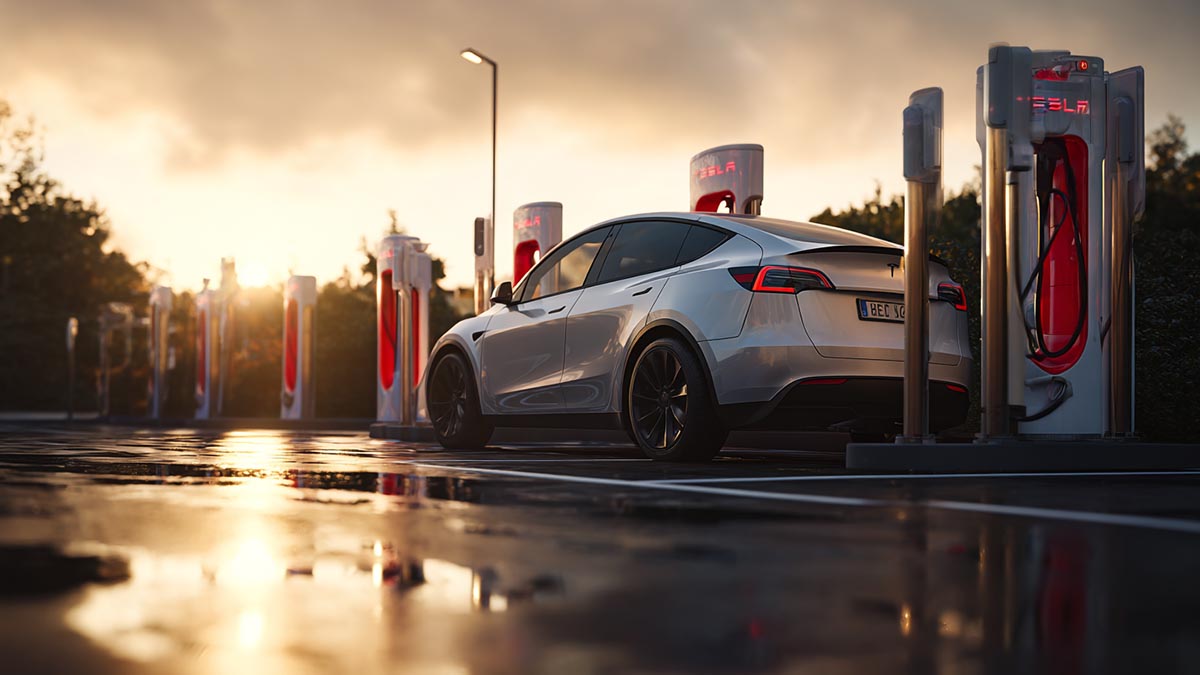 What Are the Different Tesla Charging Connector Types?
What Are the Different Tesla Charging Connector Types?
 How Fast Charging is Revolutionizing EV Connector Design: Key Challenges and Innovative Solutions
How Fast Charging is Revolutionizing EV Connector Design: Key Challenges and Innovative Solutions
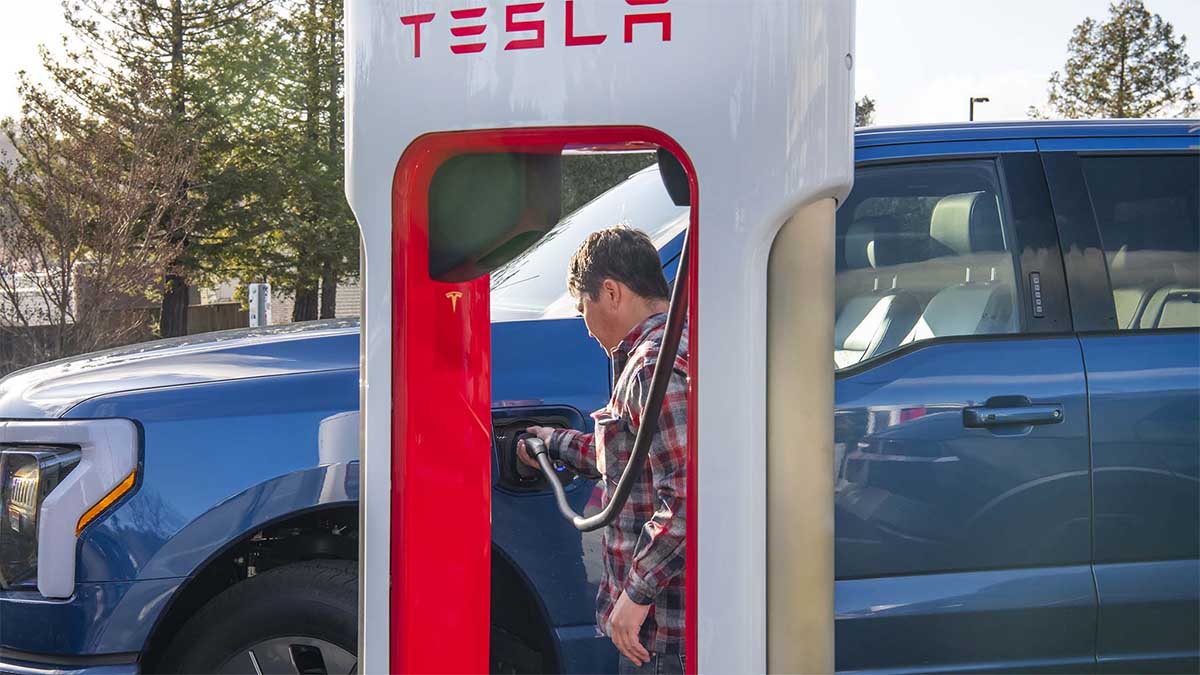 Do NACS to CCS adapters slow fast charging?
Do NACS to CCS adapters slow fast charging?
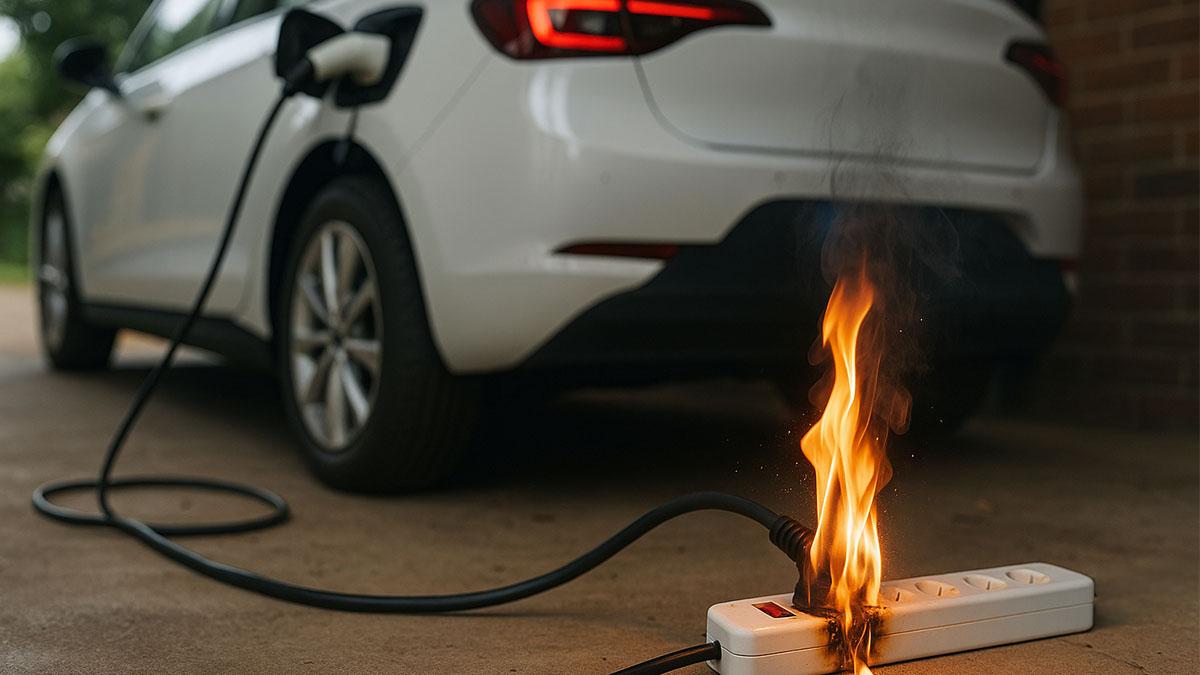 Why Mode 2 Charging Burns Power Strips and What to Do Instead
Why Mode 2 Charging Burns Power Strips and What to Do Instead
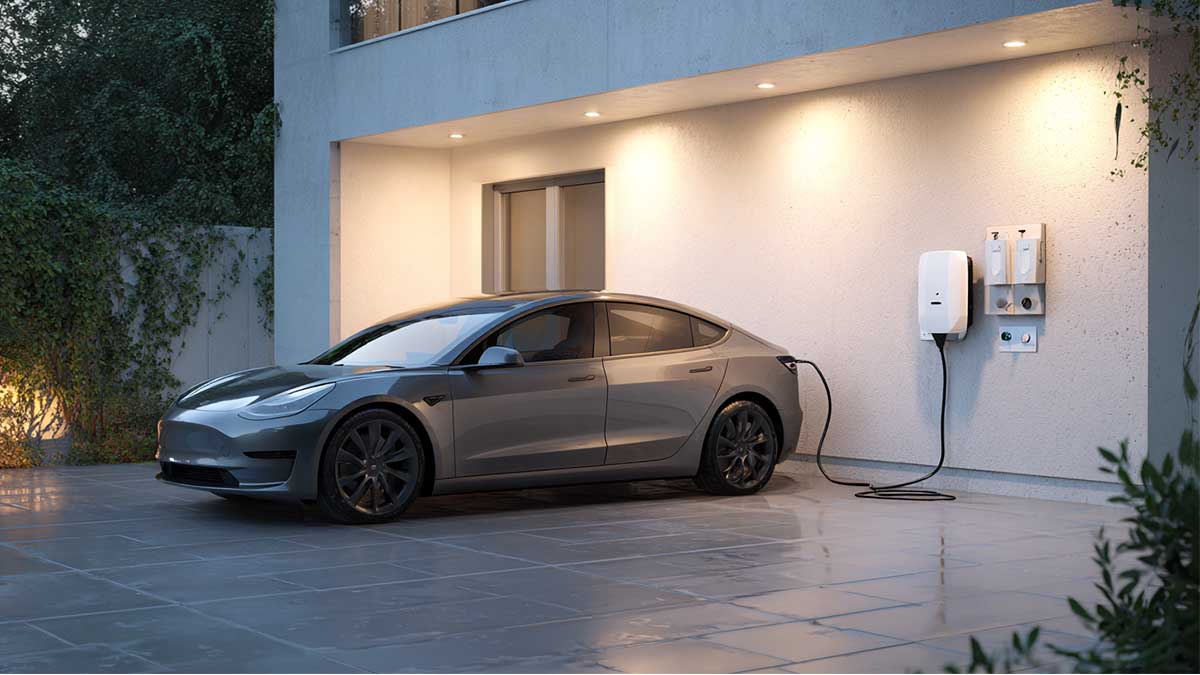 How Many Amps Does a Home EV Charger Need? (Europe)
How Many Amps Does a Home EV Charger Need? (Europe)
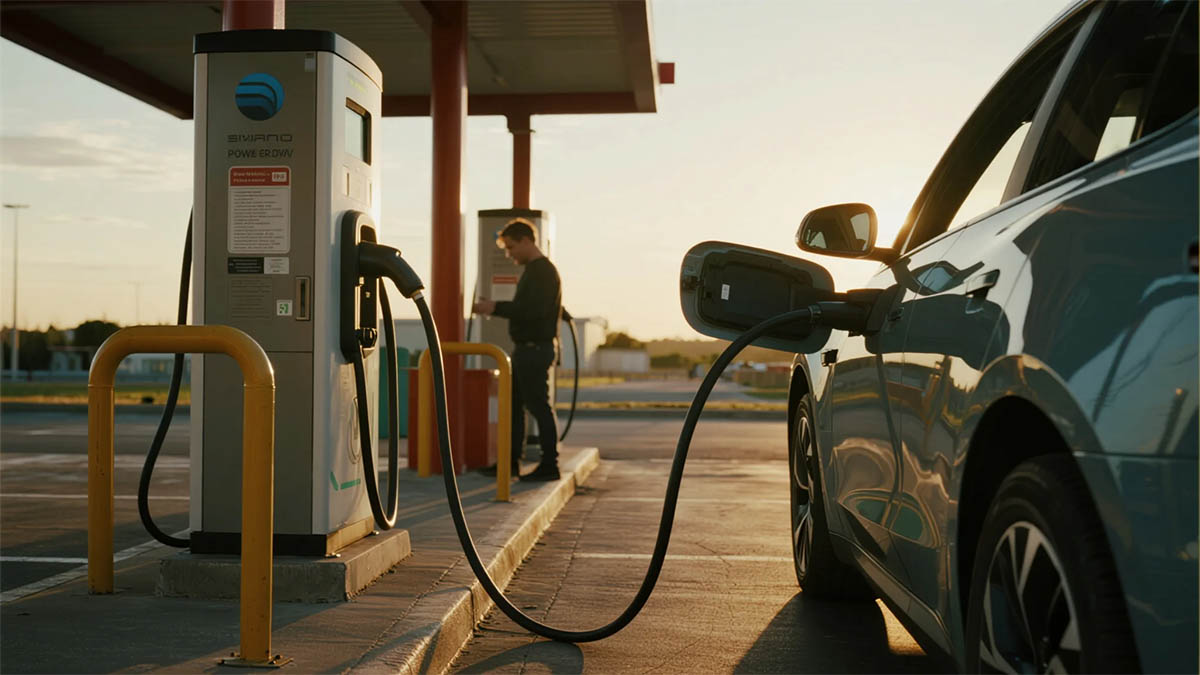 Why High-Power CCS2 Sites Move to Liquid-Cooled Connectors
Why High-Power CCS2 Sites Move to Liquid-Cooled Connectors
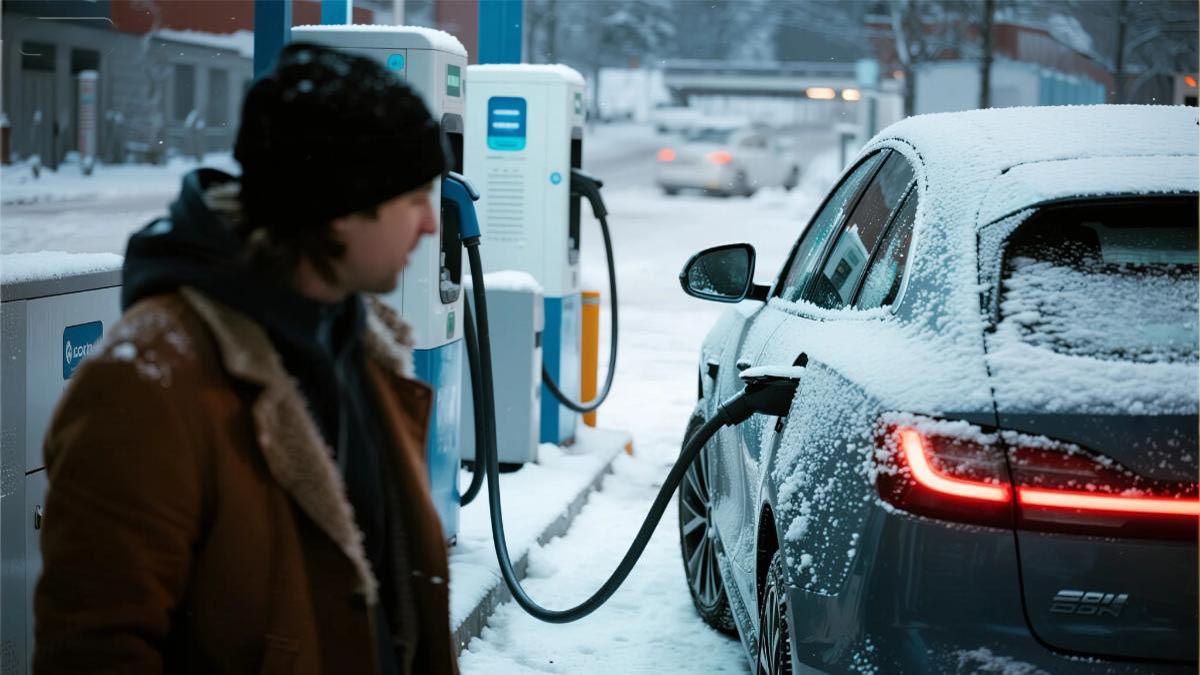 Should I Charge My EV to 100%?
Should I Charge My EV to 100%?
 How to Upgrade Existing Chargers to Support New Connectors
How to Upgrade Existing Chargers to Support New Connectors
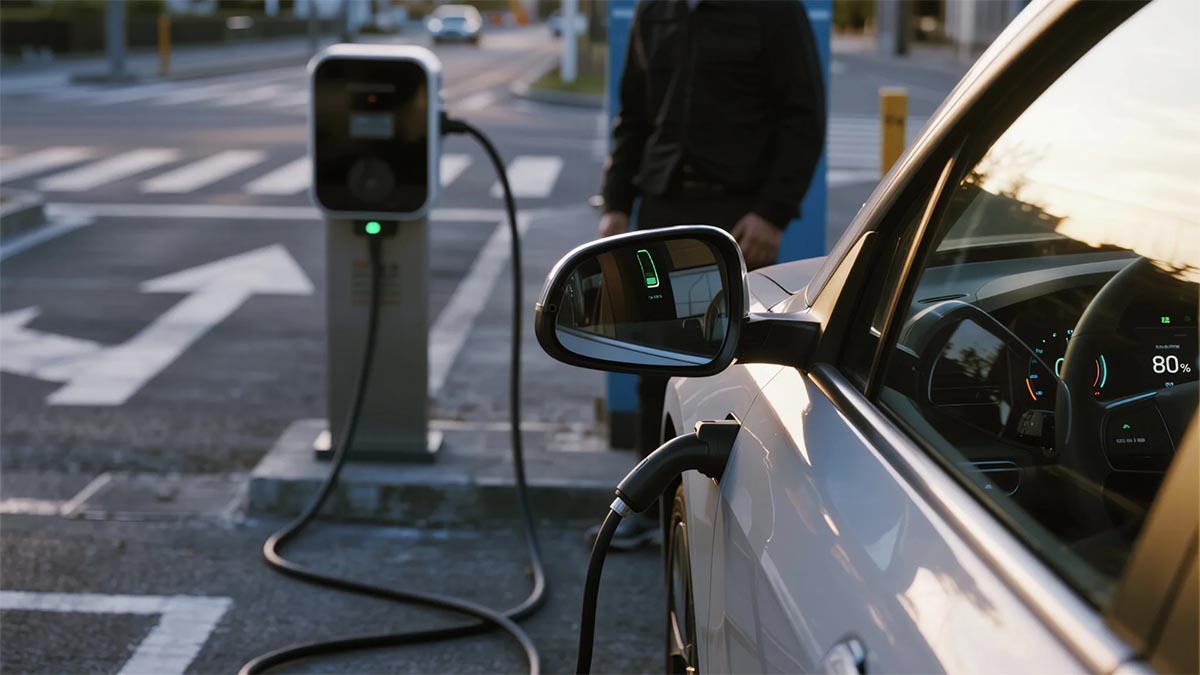 Why EV Charging Slows After 80%
Why EV Charging Slows After 80%
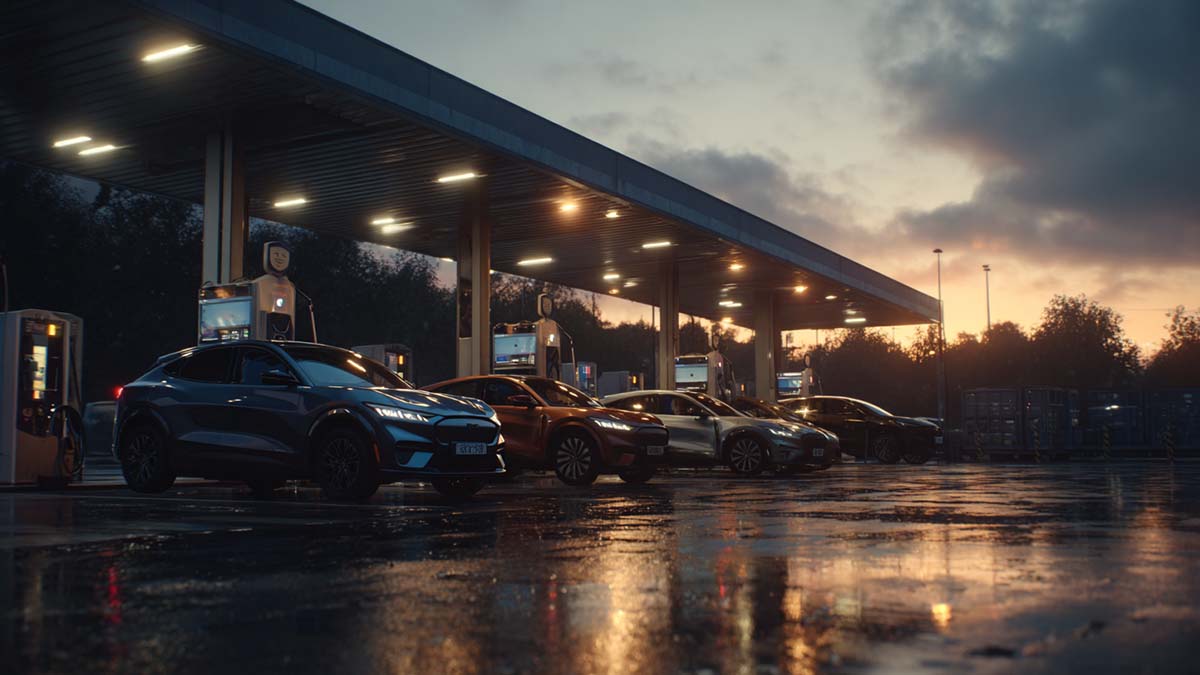 The Role of ISO 15118 in EV Connector Communication (2025)
The Role of ISO 15118 in EV Connector Communication (2025)
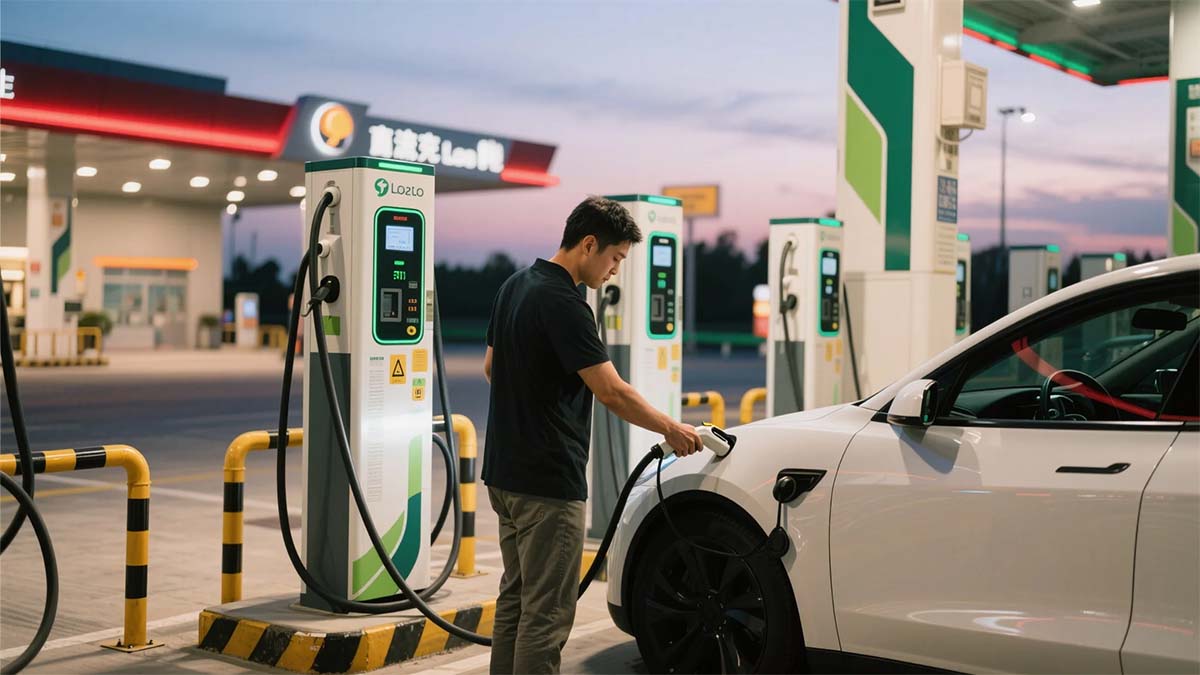 How to Improve EV Charging Speed (2025 Guide)
How to Improve EV Charging Speed (2025 Guide)